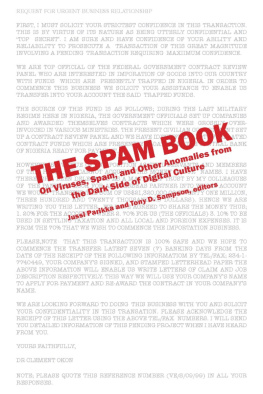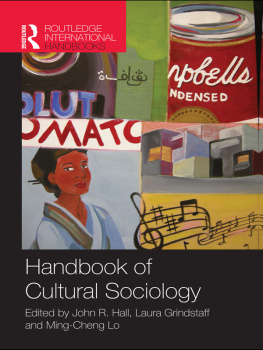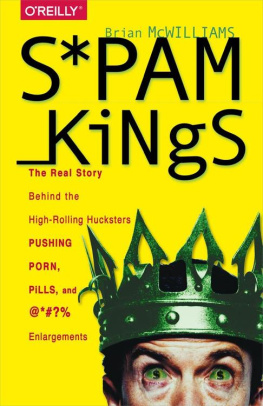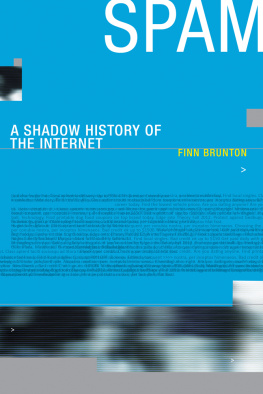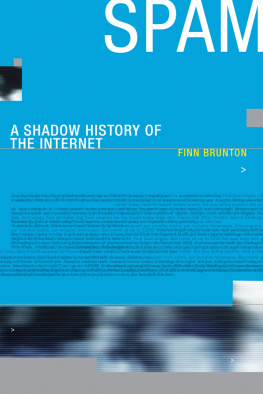Foreword
Sadie Plant
They may seem quintessentially Dutch, but tulips came from far away: while the flat patchwork fields of the modern tulip industry are an impressive sight, it is still in the springtime gardens on the shores of the Bosphorous that the flowers can be seen at their best. When they were introduced to Holland, in the early seventeenth century, tulips found an eager audience in what was already a highly cultured world: northern Holland has been described as Europes first modern economy, and people certainly had the money and the sensibility to pursue the exotic and treasure the rare. The basic flower was attractive enough. But when it came to cultivating tulips, the plain, primary coloured varieties excited far less interest than the frilly, multicoloured, streaked, and patterned strains.
These varieties were also highly individuated and difficult to cultivate: for reasons quite unclear at the time, the strains could not be reproduced by cultivating their seeds, and outgrowths from the bulbs were unpredictable and slow, taking two or three years to flower. There was also an element of randomness: dramatic changes could occur in the same bulbs from one season to the next.
All this and much besides meant that individual bulbs began to attract extremely high prices: even in the 1620s some cost as much as 1000 guilders; by the 1630s, they were priced at 6000 guilders more than enough to buy a luxurious house. Trading was frenetic, ridiculous even, as bidders raised prices beyond all reason. Bulbs began to function as a currency, and options were traded hundreds of times on futures markets while they were still maturing in the ground.
Of course, there was a crash, a day when someone woke up and thought: why did I just sell my house for the promise of a flower? What am I doing? I must be mad! The crash, at the end of the 1930s, was sudden and devastating, and remains one of the most celebrated examples of economic collapse.
Tulipmania was an economic bubble that took much of the Dutch and the wider European financial system with it when it burst. And what had fuelled the whole thing to such heights? In the 1920s it was discovered that the exotic variations of what had become known as the flowers that drove men mad were not the result of careful genetic development, but the consequence of a virus, an anomaly in otherwise healthy, but less variegated plants. The multicolour stripes and ornate patterns were symptoms of disease.
Viruses are largely judged in negative terms. Like all such oddities, they are seen as mistakes, spanners in the works, bugs in the system, diseases, malfunctions, irregularities. Viruses are only the beginning: the digital world is awash with such anomalies the spam that fills inboxes, the worms that crawl around the net, all the junk and detritus that flows through the gutters of cyberspace. And yet it is clear that they can often have extremely productive and creative effects, as in the case of the infected tulip bulbs: their viral contagion can indeed be said to have had many beneficial consequences, at least in the context of seventeenth century European aesthetics and sensibilities. It went on to inspire a passion for tulips which established the region as the worlds largest bulb producer, and did much to determine later Western tastes in ornamental flowers and their representations as well. But such positive judgements are as problematic as the negatives. The anomalies in question are rarely purely destructive phenomena, but nor are they heroic subversives locked in battle with the forces of logos or the state, lively irregularities capable of interrupting and destabilising a world of conformity. They may sometimes play such roles, just as they are sometimes uncompromisingly damaging. More often, however, they are so mixed up with the lives of their hosts that it is almost impossible to judge them as anything other than vital elements of the systems they traverse. Otherwise all that can be said in judgement of an anomaly like the seventeenth century tulip virus is that its effects were variously and arguably both good and bad, destructive and creative, positive and negative: the flowers looked good, but the bulbs were sick; money was made and lost as well.
Long after Nietzsche, the question of whether things are good or evil, positive or negative, normal or strange remains on the tip of the collective tongue. But the exploration of cultural phenomena should not be confined to judgements about rights and wrongs, the purposes and meanings of processes and events. And the search for significance seems particularly spurious when ones material is all the gloriously meaningless junk, noise, interference, and seediness that give the Net so much of its character. This does not, however, render the content of all this communication irrelevant: indeed, the contents are often perfect expressions of the networks on which they run. The underground routes, the back doors and dark alleys of the Net play host to the same kind of questionable deals and sordid offerings that move through back doors and dark alleys everywhere. On and off the Net, certain ways of dealing with information and doing business tend to attract certain kinds of service and commodity. And all the temptations of money and porn that fill the inboxes of the world, the promises of better financial or sexual performance, penises, partners, or porn, are reminders that digital networks do not stand alone, but are always intimately implicated with their users and all the plays of power and desire in which they are involved.
It is, at first glance, quite amazing that the formal, regulated, logical world of computing should have spawned so many weird and wonderful forms of digital wildlife. Of course, the very purity of the logic, the smoothness of the system, tends to exacerbate the effects of even the slightest disturbance, and even to provoke it too: there is always an excess in play. But once computers, and their users, went on line, the networks that emerged were highly complex and volatile. With complexity comes a certain degree of instability and unpredictability that can be fatally destabilising, but also drives change and innovation by making networks vulnerable, and so open to new influences and opportunities.
They may make problems for the system, but they are often necessary to it too, not least so that it can define its own limits, establishing and policing the boundaries between this information and that noise, this logic and that nonsense. Even as it shuts them out, it needs its anomalies: police and thieves stand opposed to each other, but are also locked into close, symbiotic relationships, and constantly evolve in relation to each other too. They are neither simple enemies nor dialectical partners, but tendencies at work in all the countless scales and speeds of activity in the complex system they become.
Perhaps its all a question of perspective and time. The virus that is malevolent for the bulb is beneficial in relation to the flower. The code that breaks through one security barrier is also the incentive to develop new lines of defence. Short-term anomalies can be crucial to long-term stability, and vice versa: at least eight percent of the human genome is composed of retroviruses which would have threatened the body at one time but are now simply part of the code. It depends how far back one is willing to step: perhaps the very fact of digital technology is an anomaly in an analogue world; perhaps the earth itself is an anomaly; maybe humanity, with all its technology, was already anomalous in a tool-free world.

